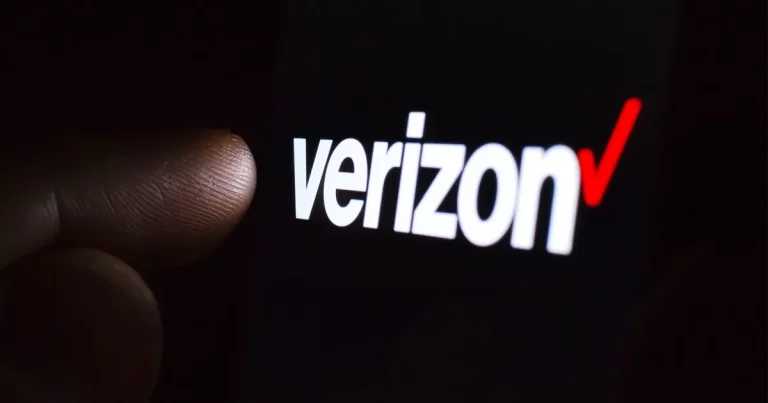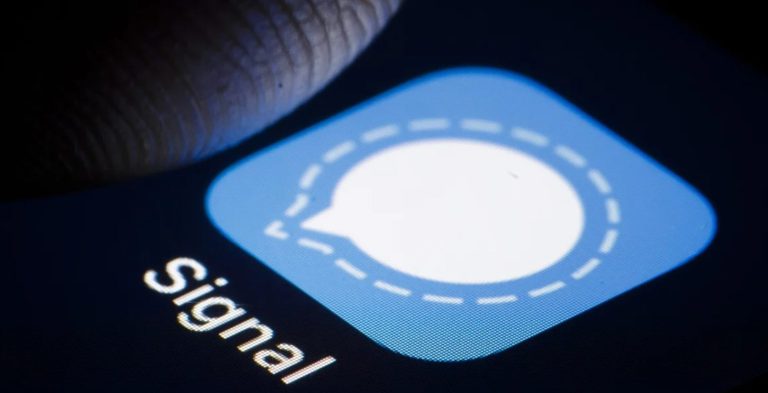Contents
Understanding Phone Bills
Phone bills are detailed statements issued by telecommunication service providers, outlining the charges incurred for various services during a specific billing cycle. These bills typically encompass charges for voice calls, data usage, text messaging, and other miscellaneous services. While phone bills vary across providers and plans, they generally adhere to specific standards in terms of the information they disclose.
Does a Phone Bill Show Text Messages: The General Rule
In general, phone bills do not explicitly show the content of text messages. This means that the actual text of your conversations is not displayed on the bill. However, phone bills often include information related to text messaging activities.
Information Related to Text Messaging on Phone Bills
- Number of Text Messages: Phone bills typically list the total number of text messages sent and received during the billing cycle. This information may be presented as a single figure or broken down into incoming and outgoing messages.
- Date and Time of Text Messages: Some phone bills provide details regarding the date and time of text messages. This information can be helpful in tracking your communication patterns.
- Phone Numbers Involved: Phone bills may include the phone numbers of the parties involved in text message conversations. This information is typically presented alongside the date and time of the messages.
Privacy Considerations
While the content of text messages is generally not disclosed on phone bills, it’s important to be aware of privacy considerations.
- Law Enforcement Access: Under certain circumstances, law enforcement agencies may obtain access to the content of text messages through legal procedures such as warrants or subpoenas. This is typically done in the context of criminal investigations.
- Data Retention Policies: Telecommunication service providers have data retention policies that dictate how long they store customer data, including text message content. While the content of text messages is not typically shown on phone bills, it may be stored by the provider for a certain period.
- Third-Party Apps: If you use third-party messaging apps, their privacy policies may differ from those of your telecommunication service provider. It’s crucial to review the privacy policies of any third-party apps you use to understand how your data is handled.
Tips for Maintaining Text Message Confidentiality
While phone bills do not typically show the content of text messages, there are additional steps you can take to enhance your communication privacy.
- End-to-End Encryption: Consider using messaging apps that offer end-to-end encryption. This ensures that only the sender and recipient can read the messages, even if they are intercepted.
- Secure Messaging Apps: Explore secure messaging apps that prioritize privacy and offer features such as self-destructing messages or disappearing chats.
- Avoid Sensitive Information: Refrain from sharing sensitive personal or financial information via text messages. If you need to share such information, consider using a more secure communication channel.
- Regularly Delete Messages: Periodically delete text messages that you no longer need to minimize the risk of unauthorized access.
Conclusion
In conclusion, the answer to the question “does a phone bill show text messages” is generally no. While phone bills may include information related to text messaging activities, such as the number of messages, date and time, and phone numbers involved, they do not typically display the actual content of text messages. However, it’s important to be mindful of privacy considerations and take necessary precautions to safeguard your communication confidentiality.
Read More: Do Texts Show Up On Phone Bill? A Comprehensive Guide







